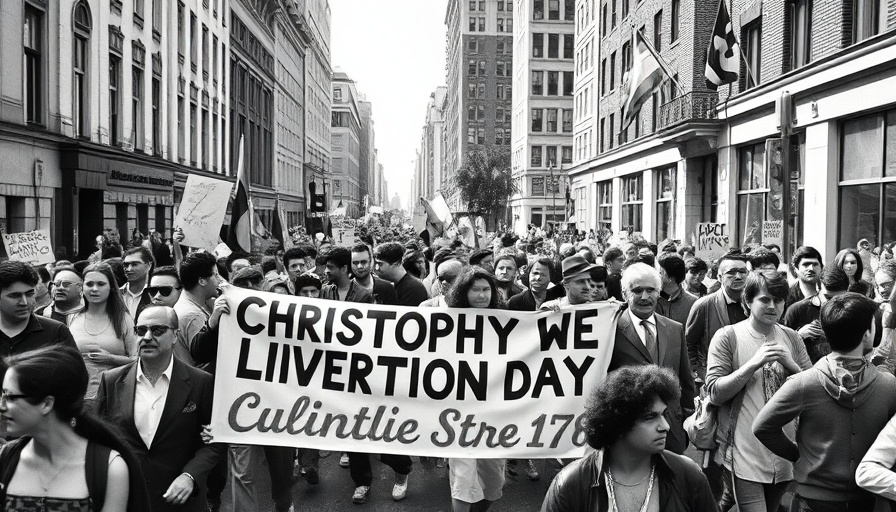
A Hidden Tapestry of Culture and Crime
Boston, New York City, and San Francisco—these cities have historically served as sanctuaries for queer folks, providing vibrant social frameworks amidst societal repression. However, the role of organized crime in shaping these havens is often overlooked. This article explores the complex relationship between mafia influence and queer nightlife, shedding light on how these intertwined worlds emerge from necessity and societal failure.
Organized Crime and LGBTQIA+ Communities: A Controversial Alliance
As LGBTQIA+ communities began to flourish, so too did an undercurrent of organized crime. The mafia saw opportunity in catering to groups that were marginalized and often criminalized. Establishments like bars and nightclubs not only provided a refuge from societal discrimination but also offered a lucrative business that extended protection and services. This symbiotic relationship complicates the narrative surrounding mafia influence: were they protectors or oppressors?
The Safe Spaces That Became Stages
Many clubs and bars that catered to queer individuals thrived under mafia patronage, allowing for a paradox where LGBTQIA+ identities could flourish in spaces deemed illegal. Figures like Frank Costello and John Gotti are often remembered not just for their crime but for their cultural impact, as they inadvertently facilitated the existence of vibrant nightlife aesthetics in areas like Greenwich Village and Stonewall, which remains emblematic of LGBTQIA+ resistance. This historical nuance prompts further discussion about the legacy these spaces leave behind.
Reflections on Modern-Day Implications
Today, as LGBTQIA+ rights continue to progress, the shadows of organized crime linger, reminding us of a time when safety was a privilege rather than a right. Understanding this tangled history not only sheds light on powerful social dynamics but also pushes us to reflect on the ongoing struggles against discrimination and the spaces we create for marginalized communities.
In a world constantly evolving, examining these narratives enriches our understanding of the queer community's resilience through adversity, whether in the past or present. As we consider the complexities of crime and culture, we must advocate for inclusive spaces free from both societal marginalization and criminal control.
 Add Row
Add Row  Add Element
Add Element 



Write A Comment